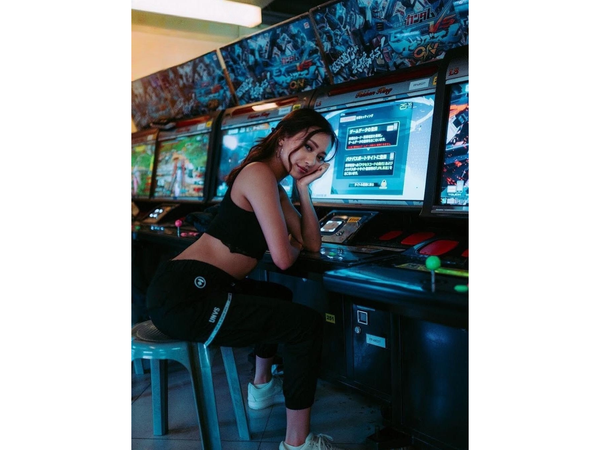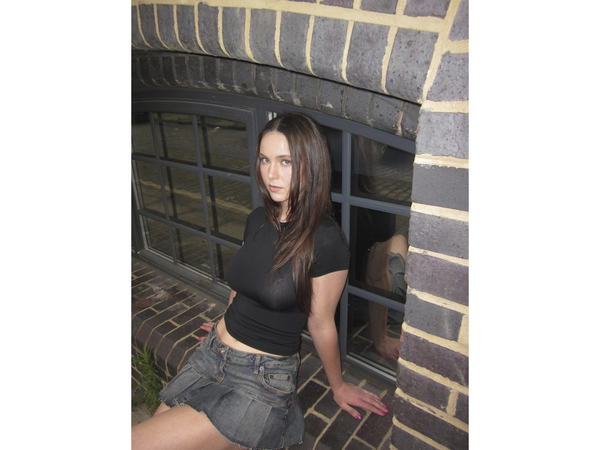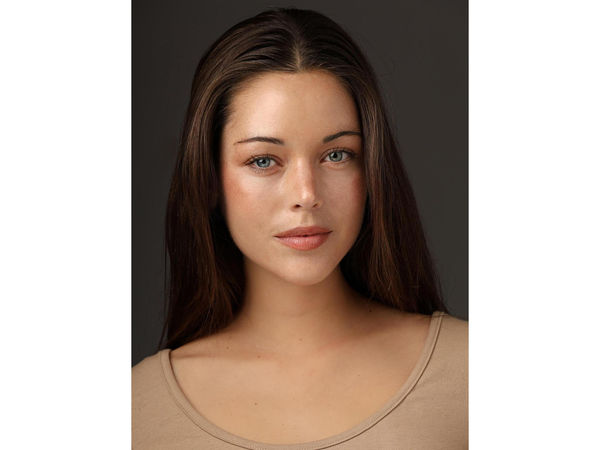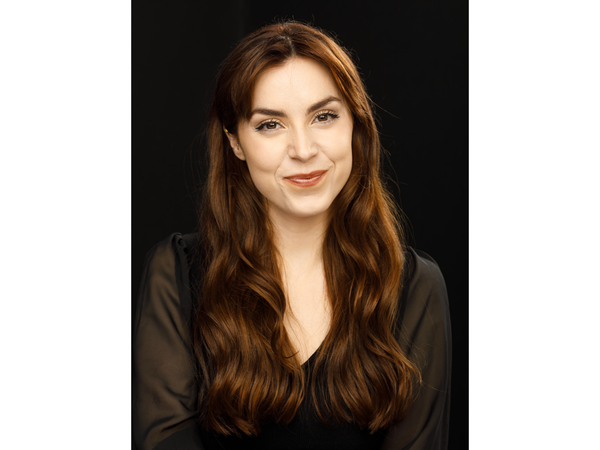FREDRIK CHRISTOFFERSON TALKS MODELING
"Those are the shoots that keep me inspired"
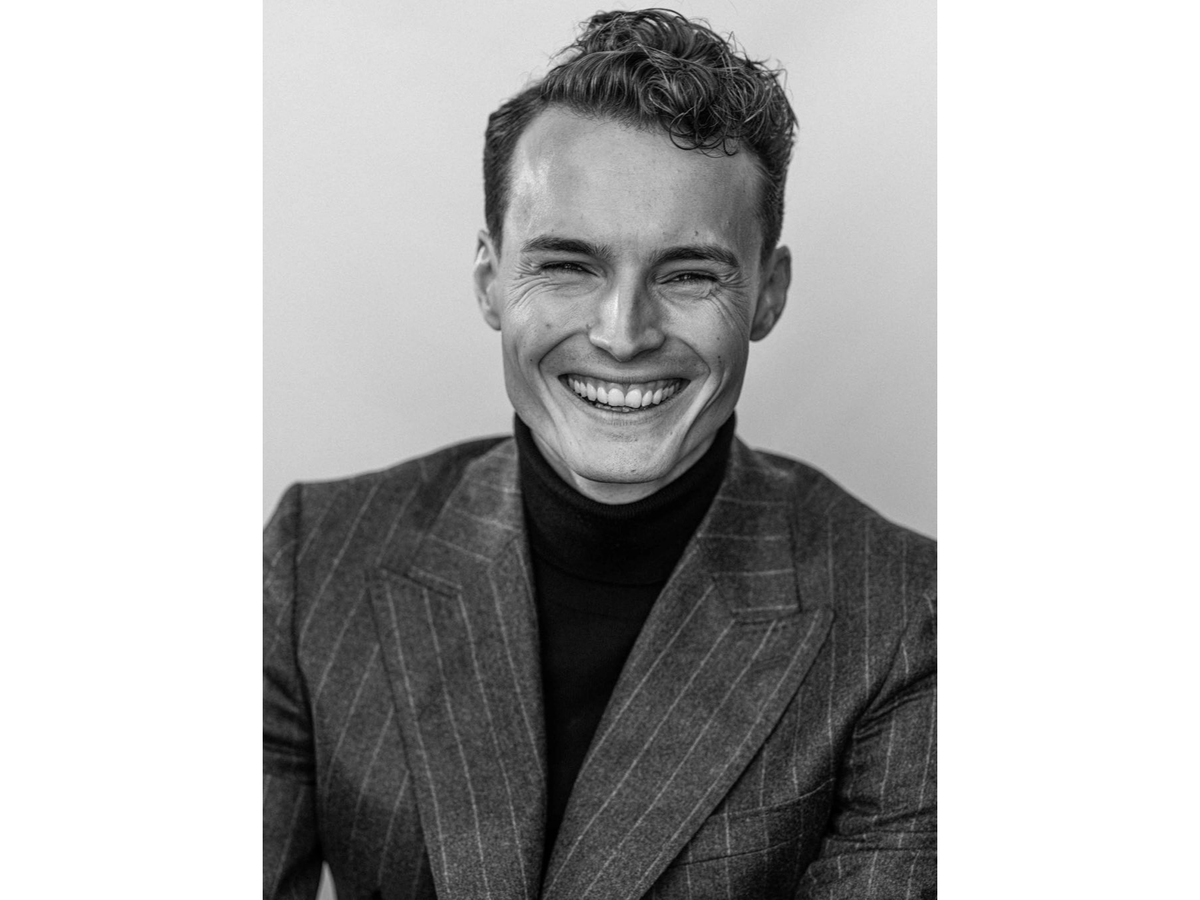
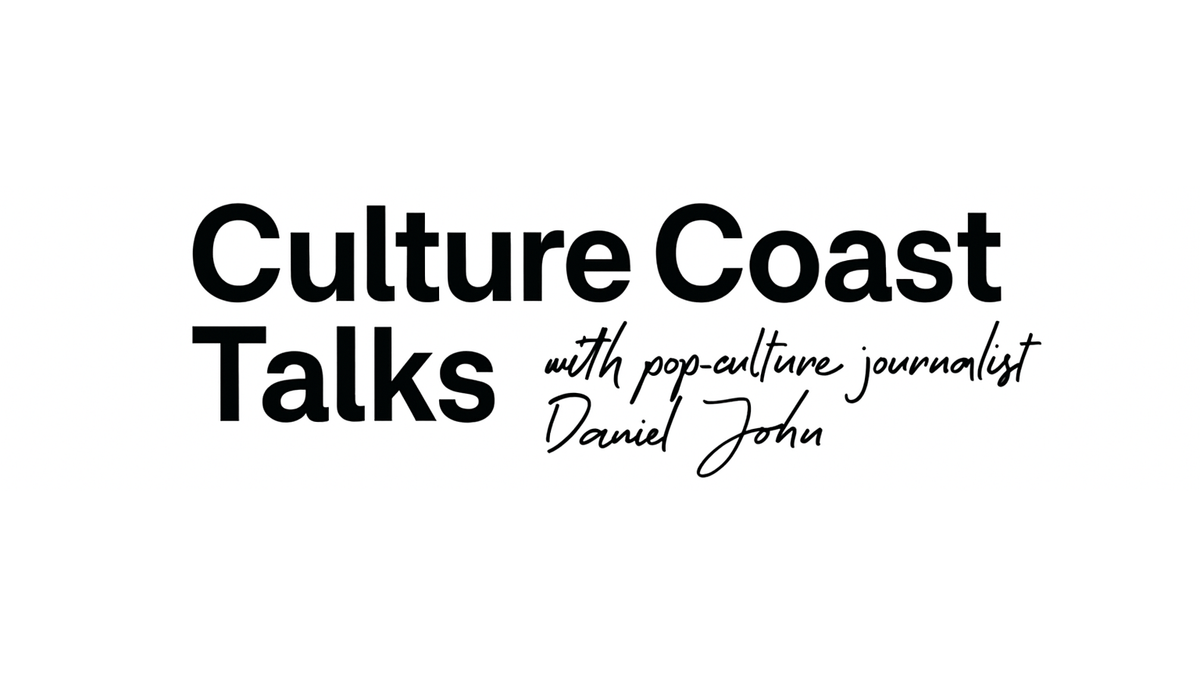
When did you get your start as a model?
It all began when I was sixteen and a close friend, who had been involved in the industry herself through catwalks and other work, recommended that I apply to an agency for representation and the possibility of getting assignments. At that age, I wasn’t aware of how the industry worked, but together with my brother, we arranged a few representative photos and sent them out to several agencies around Sweden. Avenue Models responded, and that’s also where I met my current agent, Annika Lind, at Lind Models. Soon, I was on my way to Milan, but I found it difficult to adapt to a completely new environment with unfamiliar people who had a completely different level of experience than I was used to. So my first attempt wasn’t entirely successful, but I ended up doing several exciting and fun assignments in Sweden through Avenue Models. After that, I spent a short period in London with M&P Models which gave me a more nuanced perspective on how the industry operates differently depending on where you are geographically. Milan has its own ideas about how models should behave and look. While London tends to be more invested in a model’s individuality and unique traits.
After doing this for a few years, I suppose you’ve gotten used to it. But what’s it like to always have your appearance judged by others in some way. As a model, can you even afford to have a “bad day”?
It’s always difficult to accept a situation where, personally, I believe no one should ever have to be judged solely based on their appearance. There are beautiful people with dull personalities, and vice versa. I’ve personally encountered industry people who comment on your looks in a way that feels detached from reality. Not necessarily because the comments are negative, but because they reduce you to just your appearance and strip away your identity. When that’s happened, I’ve been quite direct in responding, which may have caused me to lose out on a few “go-sees” and potential jobs. For me, a “bad day” happens when I’m not mentally prepared to perform at my best. I make sure to be well-rested, well-fed, and in a good mood before a shoot. There’s rarely a reason to go into a job expecting it to result in a bad introduction. Of course there are assignments that involve long days and little variation, but then it becomes about building personal relationships with the photographers, makeup artists, and everyone else involved. That way, you can create a pleasant atmosphere even if the job itself lacks excitement.
What fashion scene have you prefered working in?
In my early years I spent time in Milan and London trying to establish my career. Milan was my first stop after signing with Avenue Modeller, but lacking experience and an understanding of the European market, I struggled to feel comfortable and returned to Sweden shortly after arriving. London, on the other hand, was different, and more enjoyable. I got the chance to work on editorials for British magazines, and several exciting opportunities came up along the way. But due to the lack of stable long-term housing, I eventually returned to Sweden.
The modeling scene can often be stressful in ways few other creative industries are?
Usually, it comes down to planning, whether the photographer, the ad agency, and the client have a well-structured plan in place for how the day will unfold. When they don’t, the model often ends up in the middle of discussions they have no control over. In those situations, it can be difficult to figure out whose vision should take the lead, which can create a sense of stress. Personally, I try to be as communicative as possible to clarify whose creative direction we’re following. The funny thing is this approach can sometimes seem unusual, that a model would openly share their perspective, but in reality, it’s essential. It determines whether the final result feels authentic and genuine, or forced and unnatural due to a stressful environment.
Women in modeling often talks about rivalry in the industry. Have you noticed anything similar among male models?
Of course rivalry exists, usually between models who share similar traits and compete for the same types of jobs. For me, it hasn’t been much of an issue, partly because I’m a little shorter than many male models, but also because of my general mindset. In my view, rivalry rarely leads to positive outcomes for anyone involved. I believe it’s better to be happy for someone who can make a living in a creative profession that so few get the chance to do. Becoming bitter over someone else’s success usually means you’ve let the industry’s negative sides shape your character, and for me, that’s something I won’t allow to happen.
Many of us don’t exactly look model-good in photos, what are we doing wrong?
“Model-good” is a tricky term these days, and for many, it probably feels outdated. The industry today embraces a wide range of appearances and personalities. Models who book international campaigns today might have once been rejected by agencies in their hometowns, often for the exact same traits that later made them successful. It’s less about fitting a single ideal and more about finding yourself beyond the surface, learning how to project personality through a visual medium. For some, it comes naturally, especially if their look aligns with mainstream ideals. For others, it depends on working with the right photographer, someone whose visual language and creative approach allow you to shine.
Has the training part always come naturally to you?
For me, training is as natural as having breakfast in the morning, it’s essential for my mental well-being. Realizing that connection made it easier to stay motivated to get out of the house and into the gym. During the pandemic, it was harder to find that sense of balance because of limited access to proper training facilities, and of course, that affected me like it did many others. But I have managed to find ways to meet my body’s needs through running, outdoor gyms, and yoga to stay in shape.
Did it take time before you fully trusted photographers and stylists to make you look your best?
Like many models, I’ve been in situations where the setup felt completely wrong, and the final result reflected that feeling. Experiences like that make it harder to trust new photographers, stylists, or makeup artists, but practice makes perfect, and as long as you protect your identity and integrity, you have to remember that your own performance is the only thing you can truly control in a creative setting. For me, this happened early on when I was trying to expand my portfolio. The experience was brutal, and I felt psychologically crushed by the methods used by the photographer and stylists. The fact that the end result was unusable for my portfolio didn’t make it any easier. That experience made me more private and cautious toward different players in the industry. Since then, I’ve stopped taking on so-called time-for-print, where everyone contributes their work for free in exchange for shared material. To avoid similar situations, I now rely fully on my agency’s expertise and guidance, and I haven’t had any experiences like that since.
You’ve already worked with David Denman, for one example, is there any other photographer you’d like to work with?
David was an inspiration, helping lay the foundation for my restart with Annika and Lind Models. For a long time, it was a dream of mine to shoot with Karl Lagerfeld, but in his absence, I’d love the opportunity to work with Gustav Wiking at Skarp Agency. His images have such a vivid language, blending natural forces, products, and models in a way that creates stunning visual storytelling.
Modeling jobs are often studio shoots where all of the expression relies heavily on you as the model. Do you prefer that or do you thrive more in environments more dynamic?
Studio shoots are usually necessary for product photography, handled efficiently with clear guidelines for exposure and presentation. They’re not the most exciting, but with the right company, they can be enjoyable. Where the magic really happens, though, is when photographer and model get to create something together in environments that bring energy and dynamic visuals. That’s when I feel privileged to call myself a model, and those are the kinds of shoots that keep me inspired to continue.
What has been your most recent job?
My most recent job was at Goodbye Kansas in Stockholm, and it was definitely a unique experience. I spent the day inside a specially designed “photosphere” with around thirty cameras mounted around me, capturing sequential images as I performed different facial expressions, these were then used to create a fully adjustable 3D model for the client’s product line.
Which job has allowed you to be the most personal?
Working together with Bread & Boxers and Hajk allowed me to showcase a lot of who I am. With Bread & Boxers, the shoot took place in cozy home settings, deeply rooted in Swedish-simplicity and countryside aesthetics, while Hajk was shot on a manor estate, capturing the essence of Swedish nature.
So, who is the person “behind the photos”. Who are you when you’re not working as a model?
Outside of modeling, I’m an entrepreneur and the founder of a newly launched company within business law services called Legafy. My dream has always been to be part of Sweden’s business world at a grassroots level. To help build the foundations of companies that contribute to a brighter future, with innovative tech solutions and creative approaches to both modern and traditional problems, is truly a dream come true.

